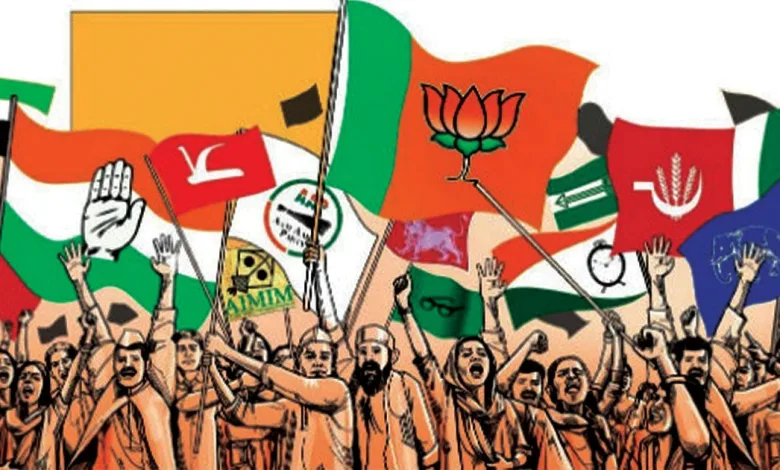
India is a diverse and complex country, with multiple religions, languages, ethnicities, castes, and regions. Identity politics, or the mobilization of people based on their social identities, has been a dominant force in Indian politics for decades. Identity politics can have both positive and negative effects on Democracy, representation, and social justice. However, it can also create divisions, conflicts, and violence among different groups.
Development, on the other hand, is a broad term that encompasses economic growth, human development, social welfare, environmental sustainability, and good governance. development can be seen as a common goal that transcends identity differences and unites people around shared interests and aspirations. Development can also reduce inequalities, grievances, and frustrations that fuel identity politics.
The question of whether development can trump identity politics in India is not easy to answer. There are many factors that influence the salience and impact of identity politics, such as historical legacies, institutional arrangements, political parties, civil society, media, and public opinion. Moreover, development and identity politics are not mutually exclusive or antagonistic. They can coexist, complement, or contradict each other in different contexts and situations.
One way to approach this question is to look at some examples of how development and identity politics have interacted in India in recent years.
Here are three possible scenarios:
– Development as a counter-narrative to identity politics: In this scenario, development is used as a political strategy to challenge or undermine the appeal of identity politics. A prominent example of this is the rise of Narendra Modi and the Bharatiya Janata Party (BJP) in the 2014 and 2019 general elections.
Modi campaigned on a platform of development and good governance, promising to deliver economic growth, jobs, infrastructure, and social welfare to all Indians. He downplayed his Hindu nationalist credentials and tried to reach out to various sections of society, including minorities, women, youth, and lower castes. He also portrayed his opponents as corrupt, dynastic, and divisive leaders who exploited identity issues for their own benefit. Modi’s development narrative was successful in attracting a large number of voters across different regions. And social groups, especially among the urban middle class and the aspirational poor. He was able to overcome the traditional barriers of caste and religion that had shaped Indian politics for long.
– Development as a catalyst for identity politics: In this scenario, development is seen as a source or trigger of identity politics. A possible example of this is the emergence of subaltern movements and parties that represent the interests and demands. Of marginalized groups such as Dalits (former untouchables), Adivasis (indigenous people), Muslims, women, and sexual minorities. These groups have been historically excluded or discriminated against. In the process of development and have faced multiple forms of oppression and violence.
They have mobilized around their identities to assert their rights, dignity, and autonomy. In the face of dominant structures and ideologies. They have also challenged the mainstream notions of development that ignore or neglect their specific needs and aspirations. These movements and parties have gained popularity and influence in some states and regions of India. Such as Uttar Pradesh, Bihar, Maharashtra, Tamil Nadu, Kerala, West Bengal, Jharkhand, Chhattisgarh,
and Telangana.
– Development as a bridge between identity politics: In this scenario, development is viewed as a potential mediator or facilitator of dialogue and cooperation among different identity groups. An example of this could be the formation of coalitions or alliances between parties. That cater to different segments of society based on their development agendas or priorities.
For instance, in the 2015 Bihar assembly elections, the Janata Dal (United) led by. Nitish Kumar joined hands with the Rashtriya Janata Dal led by Lalu Prasad Yadav and the Indian National Congress. To defeat the BJP. The alliance was based on a common platform of social justice and inclusive development. That appealed to various caste and religious groups in Bihar.
Similarly, in the 2020 Delhi assembly elections, the Aam Aadmi Party led by Arvind Kejriwal. Retained power by focusing on its achievements in delivering quality education, healthcare, electricity, and water to the people of Delhi. The party also avoided polarizing issues such as citizenship, nationalism, and communalism that were raised by the BJP. The party managed to win votes from different communities, including Hindus, Muslims, Sikhs, and migrants.











